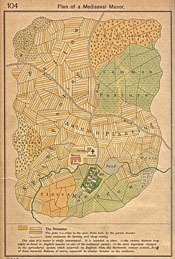Urban Poverty Conference Offers Insights and Some Bits of Hope
“Urban Men in Poverty: Problems and Solutions” – that was the name of a morning-long conference at Eckstein Hall on Friday. Not surprisingly, the content of the gathering, which featured presentations from five professors from four universities, shed more light on the problems than the solutions. The problems are large and urgent, and good research illuminates them. The solutions are much more difficult to identify and implement.
That gave the conference a lot of content but a sobering tone. On the other hand, hope was present too.
For one thing, the fact that such a gathering occurred was a promising sign, Marquette University President Mike Lovell told the audience of more than 200. This was the first collaboration between the University of Wisconsin-Madison La Follette School of Public Affairs and Marquette Law School. Lovell suggested this was an example of the kind of partnerships that are needed to create change.
“The only way we’re going to face and overcome the problems of urban men in poverty is by working together,” Lovell said. He said there are no easy answers. The problems related to urban men in poverty are rooted in events of decades. Solutions will not come quickly. But, he said, he was excited so many people with serious interest gathered to show commitment to pursing solutions.

